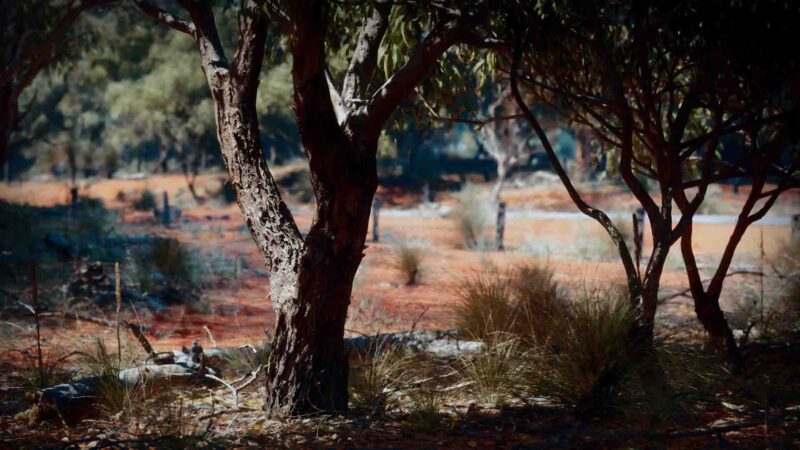In the lead up to the Australian Federal Budget in May 2023, Australian Health Journal reached out to peak health industry bodies to hear about their priorities, either noted in pre-budget submissions lodged with Federal Government in January 2023 or in recent forums such as the Strengthening Medicare Taskforce.
Others have stated their priorities directly with Federal Government. Through these interviews, AHJ gives a final opportunity to communicate to all health stakeholders, the funding needs for a range of priorities. These range from new models of care to pilots and wholesale, system improvements to building more sustainable workforces to help grow certain sectors of the health system
The CEO of Research Australia, Nadia Levin spoke with Australian Health Journal about the following:
- Current medical research and development landscape in Australia
- Investment required to support the Health and Medical Research and Innovation pipeline
- The National Medical Products Industry Plan and its impact on the Australian economy
And lastly Nadia looks at the challenges of the health and medical research sector. In recent years a survey on early and mid-stage researchers by Research Australia, showed 2 out of every 3 were reconsidering a career in research. The workforce of the future will need to look at the role of the human and medical researcher, knowing innovation does exist and will need to continue to change Australia lives (including an ageing population), and deliver new economies of the future.
You Might also like
-
Inaugural Rural and Remote Health Awards
Rural communities are a foundation of the economy and society and must be kept healthy.
There are significant personal, professional and financial rewards for rural healthcare professionals. However, there are also challenges – isolation, long hours, confusion about where to turn for support.
To acknowledge and celebrate the work of Rural and Remote Health Professionals, Rural Health Pro have launched the inaugural National Rural and Remote Health Awards.
-
Achieving impact in Occupational Therapy
Associate Professor Emma George is a leader in occupational therapy, fascinated by the role and importance of occupation as a right for health and well-being. Her research projects all explore the way we address health inequities among marginalised people and communities with a commitment to social and occupational justice.
-
Care workforce challenges
In a wide ranging report looking at the carer needs across Australia, PwC Australia published Reimagine Care Workforce Solutions in October 2022.
Australian Health Journal spoke with Kerryn Dillon, Director Ageing and Reablement and Health Workforce at PwC Australia about the community care sectors of aged care, disability care and childcare the report covers.



